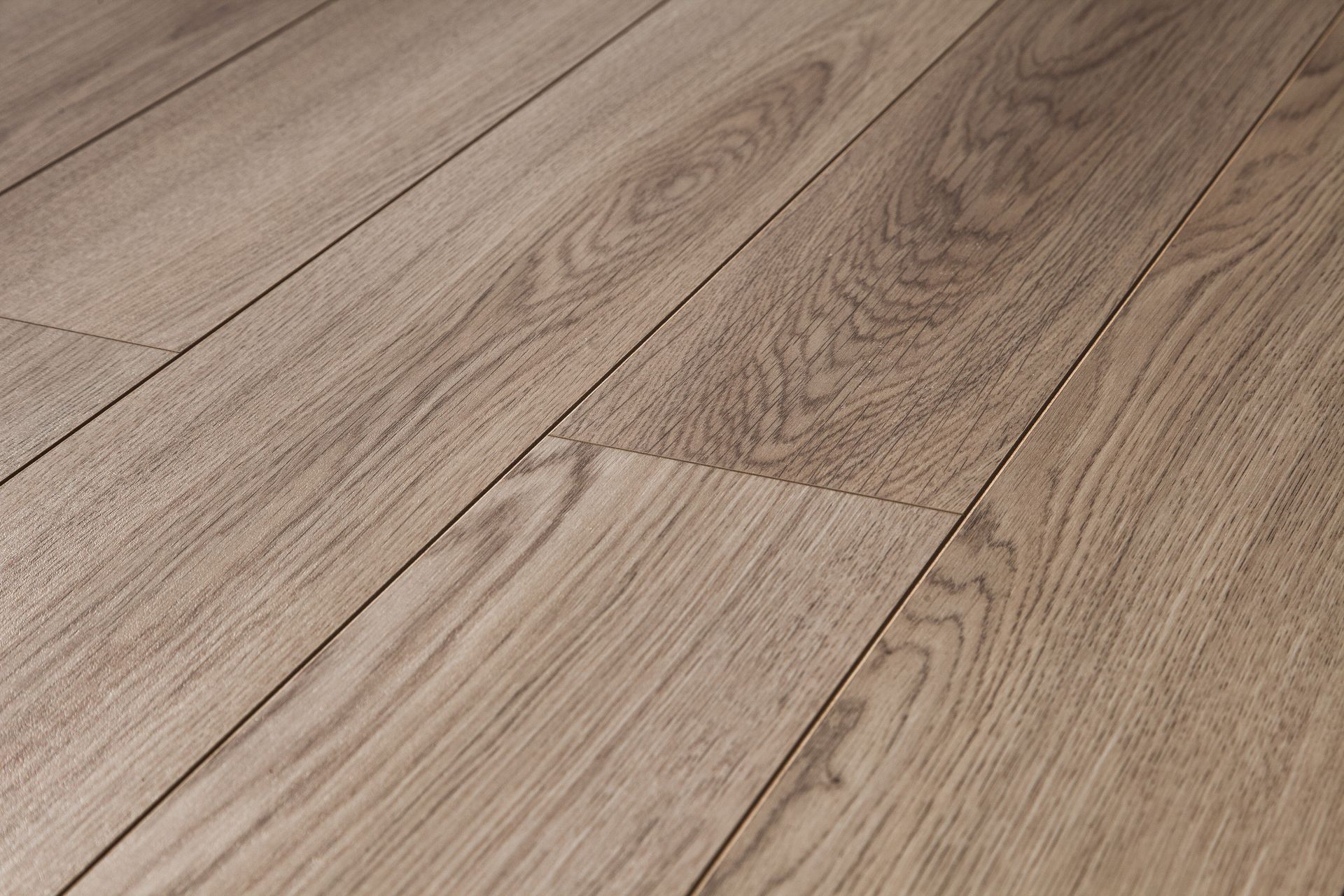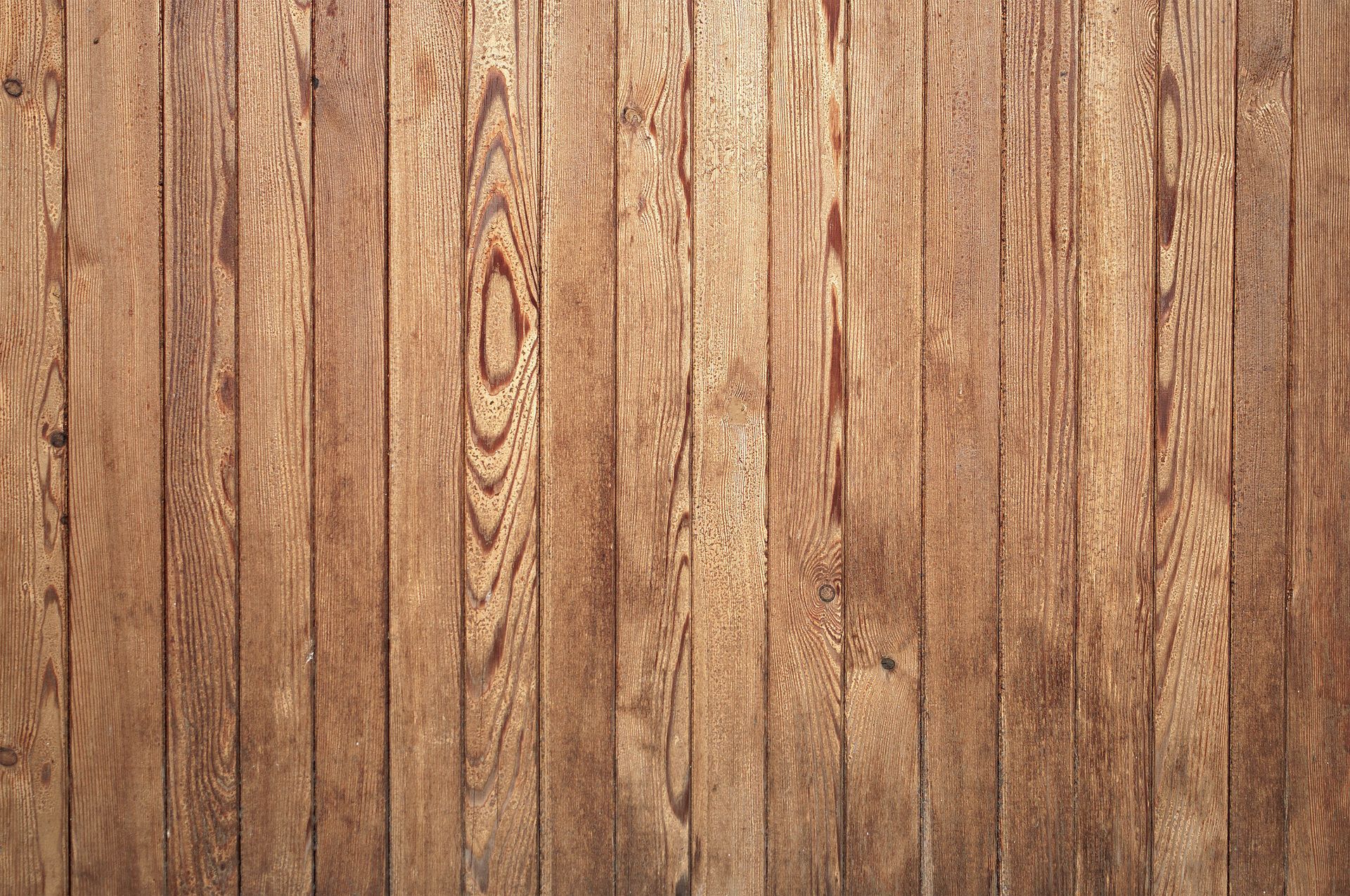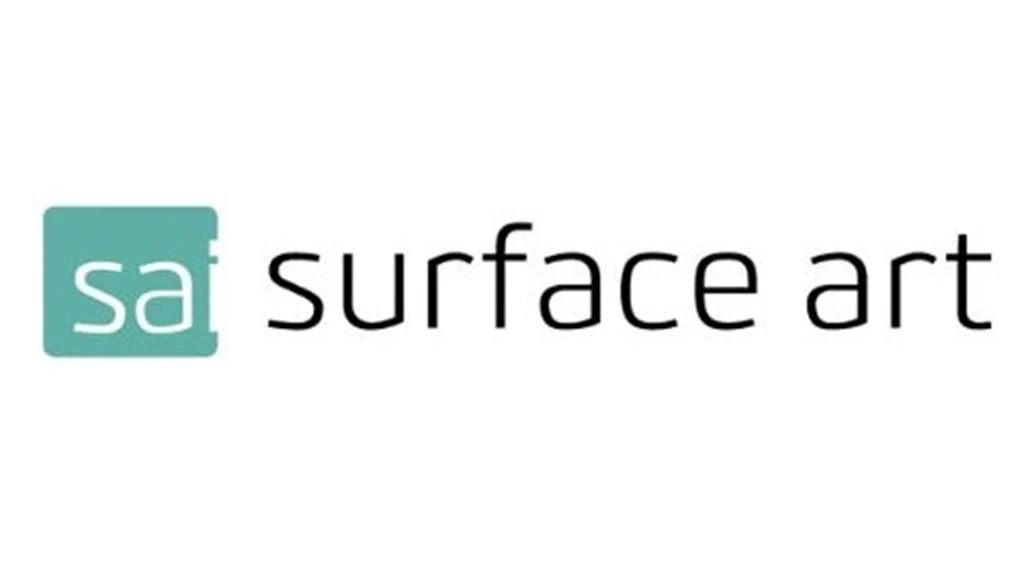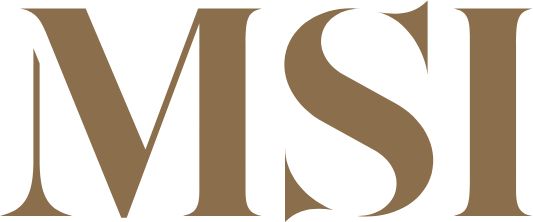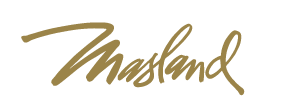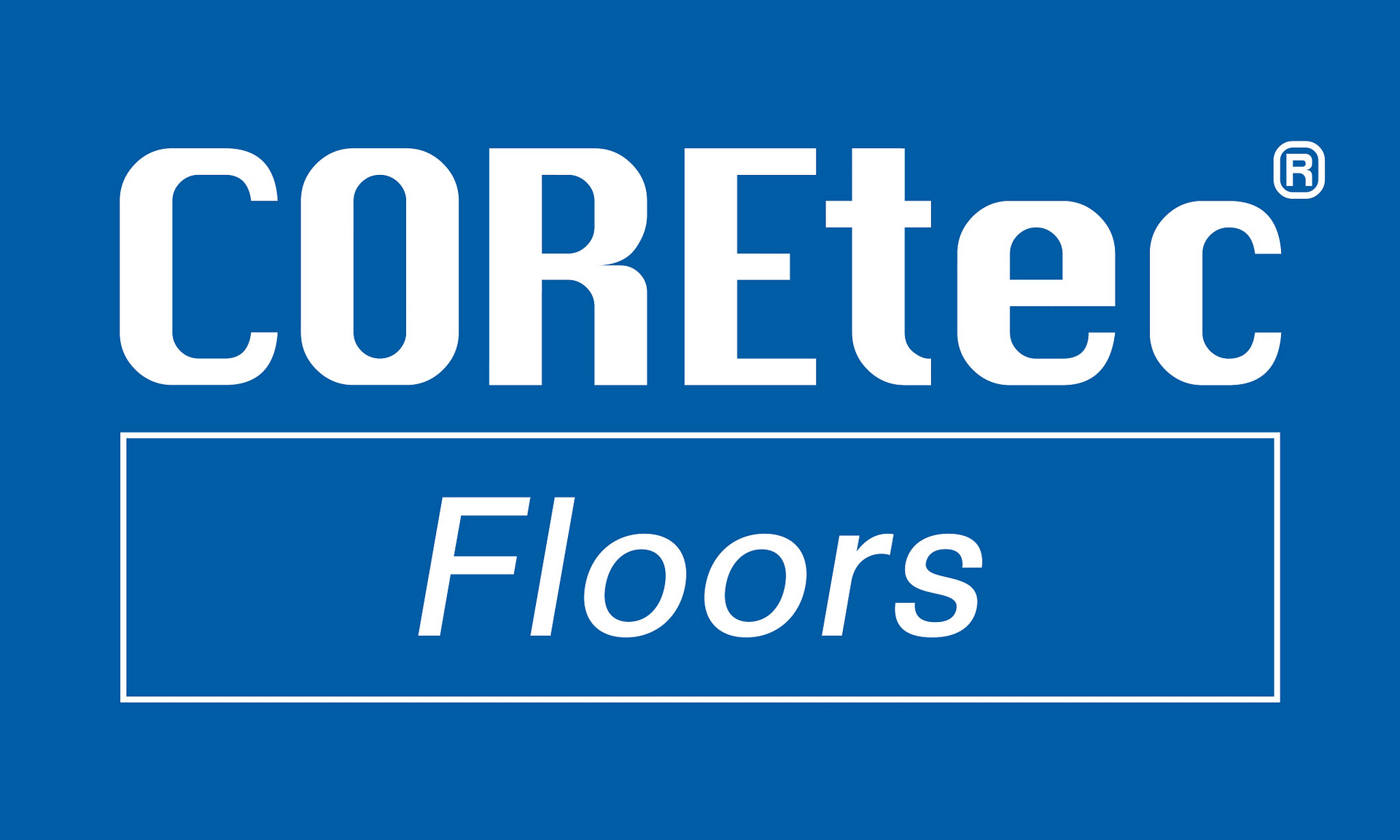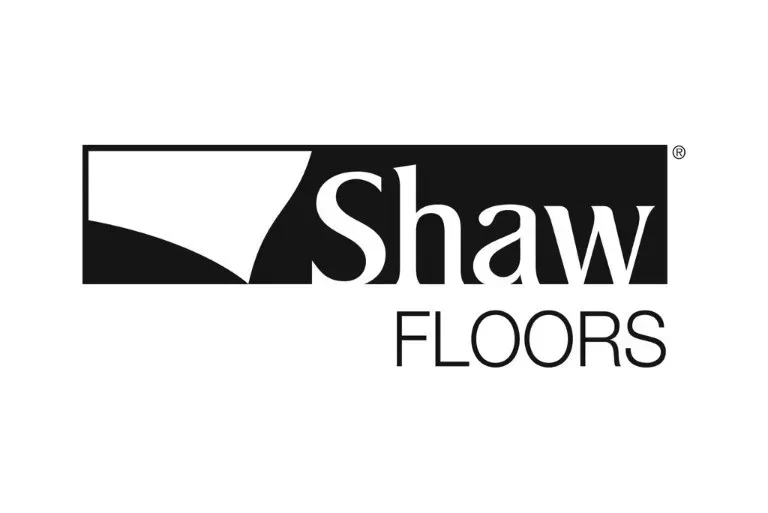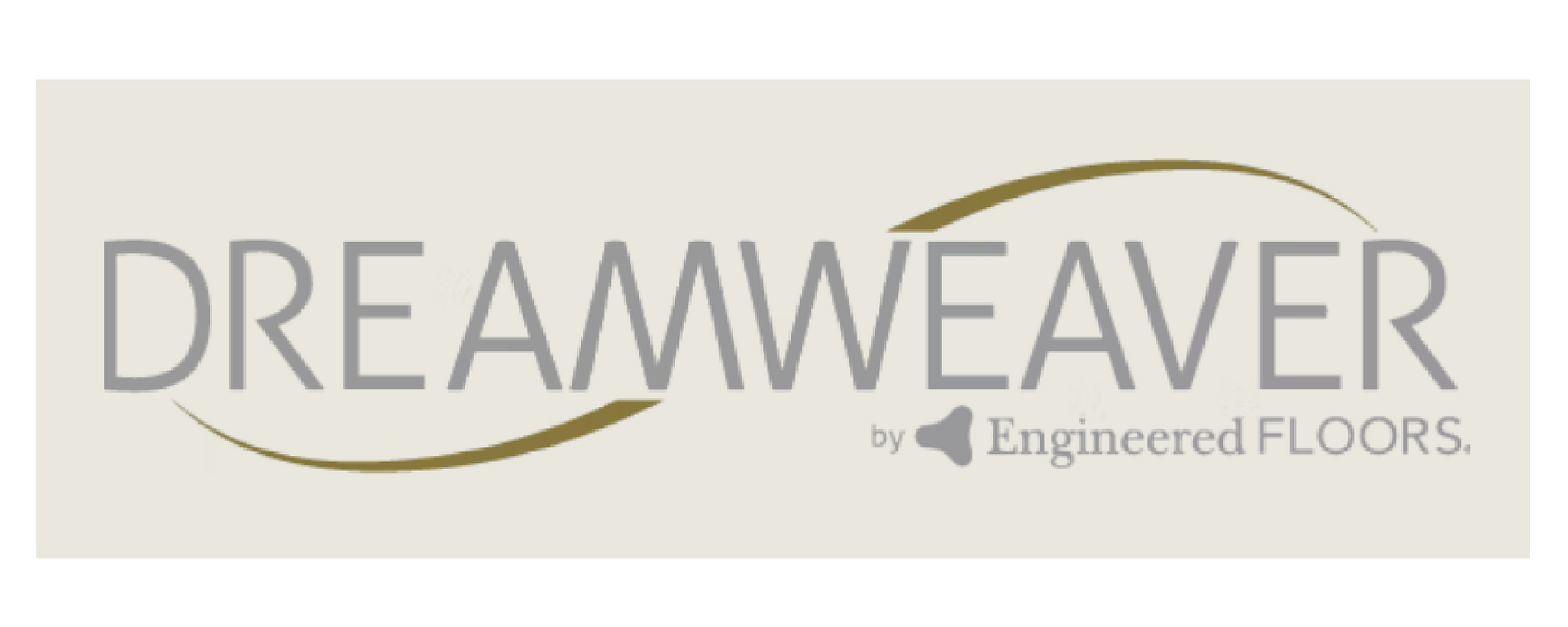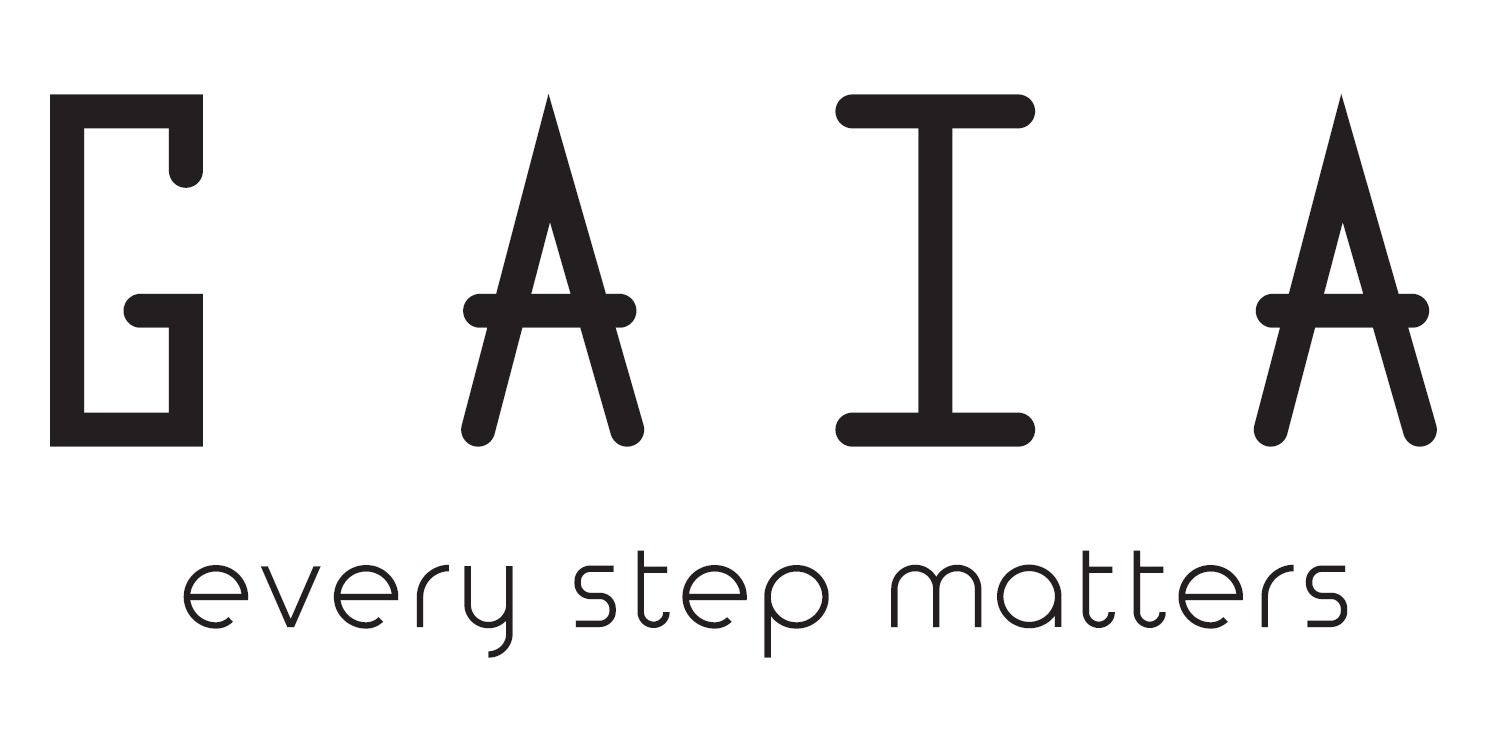Nylon Carpet: Built for Performance
Nylon is known for its impressive durability and resilience. It's a go-to choice for busy households because it bounces back well under heavy foot traffic and furniture. With added stain resistance treatments, nylon also holds up nicely against spills and everyday messes, making it a practical solution for hallways, stairs, and living rooms.
While it’s typically more expensive than polyester, nylon carpets often last longer, making them a smart long-term investment. If you want a balance of toughness and comfort, nylon delivers.
Best for:
High-traffic areas and homes with kids or pets.
Polyester Carpet: Soft and Budget-Friendly
If you're looking for softness and affordability, polyester is hard to beat. It offers a plush, comfortable feel that’s perfect for spaces like bedrooms or home offices where foot traffic is lower. Polyester also resists stains naturally, especially water-based ones, and it comes in a wide variety of vibrant colors.
That said, polyester doesn’t hold up as well in busy areas. Over time, it may mat down or lose its shape under heavy use. But if your top priority is comfort and price, it’s a great option for low-traffic rooms.
Best for:
Cozy spaces where softness and budget matter more than long-term durability.
Wool Carpet: Natural Luxury
Wool is the premium choice among carpet fibers. It’s all-natural, sustainable, and biodegradable, which makes it ideal for eco-conscious homeowners. Its rich texture and elegant appearance elevate any room, and it insulates well, helping to regulate temperature and sound.
However, wool does come with a higher price tag and requires more maintenance to protect against moisture and stains. It’s best suited for formal areas where it won’t be exposed to heavy wear.
Best for:
Luxury spaces and homeowners looking for a high-end, eco-friendly option.
Which Carpet Fiber Is Right for You?
Choosing the right carpet fiber depends on how you use the space, your design goals, and your budget. For families or high-traffic areas, nylon offers the best long-term durability. If you’re looking to save while still getting comfort and color, polyester might be the answer. And if you want to add timeless beauty with a natural touch, wool is unmatched in style and sustainability.
At Davids Flooring of Seattle, we help homeowners and businesses across
King and Pierce County, WA
find the ideal flooring for their needs. From cozy polyester bedrooms to durable nylon stairs and elegant wool living rooms, we have the perfect carpet for your lifestyle and space.
Call us today or visit one of our two showrooms
to explore our carpet samples and get professional advice from our flooring experts.


